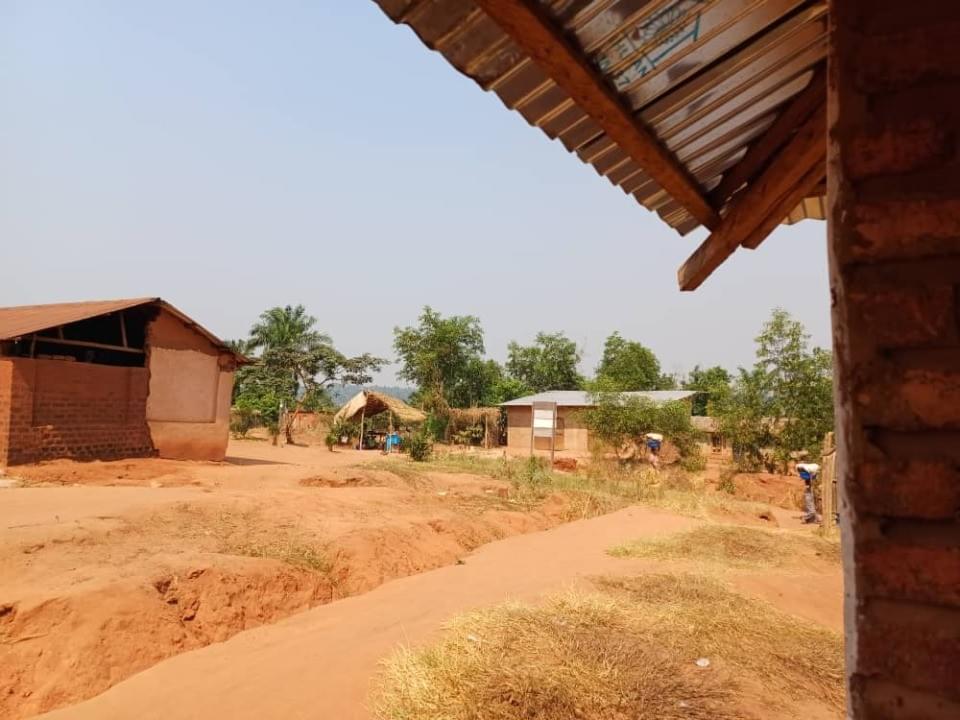We’ve learned how to do gender analysis. What we haven’t learned is how to be changed by it
We’ve learned how to do gender analysis. What we haven’t learned is how to be changed by it
I’ve sat with adolescent girls in Camp Perrin, Haiti, where safety is negotiated daily and silence is taught early. I’ve listened to women market leaders in Kasai, DRC, who described how selling vegetables offers more than just income, it also provides a public presence and a sense of protection. I’ve stood among pastoralist women in northern Kenya, whose livelihoods stretch between drought and displacement, and whose knowledge systems are deeply attuned to survival in harsh, overlooked terrains. Each of these spaces offered lessons no report template could capture.

They reminded me that gender analysis is not a formality.
It is not a paragraph, a toolkit, or a compliance requirement.
It is a lens to decode power.
And when done with honesty and courage, it surfaces what most systems work hard to ignore.
We don’t just conduct gender analysis to satisfy donor checklists or institutional templates. We conduct it to understand where the burden of dysfunction truly lands. And more often than not, that burden is being carried by women and girls whose efforts are invisible, unacknowledged, and structurally unsupported.
What We Keep Missing
Too often, gender analysis is treated as background noise, a well-intentioned section tucked into proposals or reports. But in its truest form, gender analysis:
Reveals power, not just participation
It asks: Who decides? Who absorbs risk? Who stays invisible by design?Exposes trade-offs
It uncovers what women and girls must sacrifice to access services or be heard.Tracks what is carried but not counted
Emotional labor. Informal caregiving. The quiet negotiation of space, risk, and dignity.Forces us to redesign
If your program doesn’t shift after gender analysis, you’ve extracted information, not insight.
We also continue to treat social norms as cultural footnotes rather than the primary forces shaping behavior, access, and aspiration. Gender analysis can reveal how deeply internalized norms constrain even the most capable women from entering the energy sector. In Gender analysis, girls spoke about their lack of access to SRHR information and the embedded fear of even asking.
What the Field Teaches Us
In Camp Perrin, Haiti, adolescent girls shared how silence is not a gap in engagement, but a survival strategy. Their stories don’t fit neatly into baseline questions, but they shape every outcome.
In Kasai, DRC, women explained how trading in public markets makes them more visible, and paradoxically, less vulnerable. They navigate risk with wisdom, a policy often overlooked.
In pastoralist communities in Kenya, women adapt constantly to shifting water sources, to armed conflict, to policy frameworks that fail to see them. Their knowledge of climate, kinship, and care is not anecdotal. It is strategic, systems-level expertise.
If We Really Listened
Here’s what we’d be forced to confront:
That resilience, as we often define it, is code for endurance without support.
That many programs succeed because women are over-functioning in under-resourced systems.
That dignity, safety, and emotional well-being are missing from most logframes.

What Needs to Change
Interrogate your tools
Are you extracting data or building understanding?Build trust
Insight requires time, relationship, and trust. Fast data misses the point.Treat silence as data.
If no one is speaking, ask: Who taught them not to?Resource care
Not as charity, but as infrastructure. Care is the backbone of resilience.Center lived experience
Field data is not anecdotal; it is a strategic input. If your policy isn’t shaped by it, your strategy is incomplete.Budget for dignity
If your programs are designed around efficiency instead of care, revisit your values.
Maybe the question isn’t:
“Do you do gender analysis?”
Maybe it’s:
Do you truly understand the needs of the communities you serve?
Are you willing to let those needs shift your design, your funding, your priorities?
Or are you still performing inclusion while protecting the status quo?Because gender analysis, done well, does more than inform programs.
It reveals where power lives.
And it gives us a map for how to shift it.
Let’s Work
I help organizations move from checklist gender integration to deep system transformation. Through strategy sessions, power diagnostics, and field-informed redesigns, we can move beyond inclusion and build integrity into everything we do.
